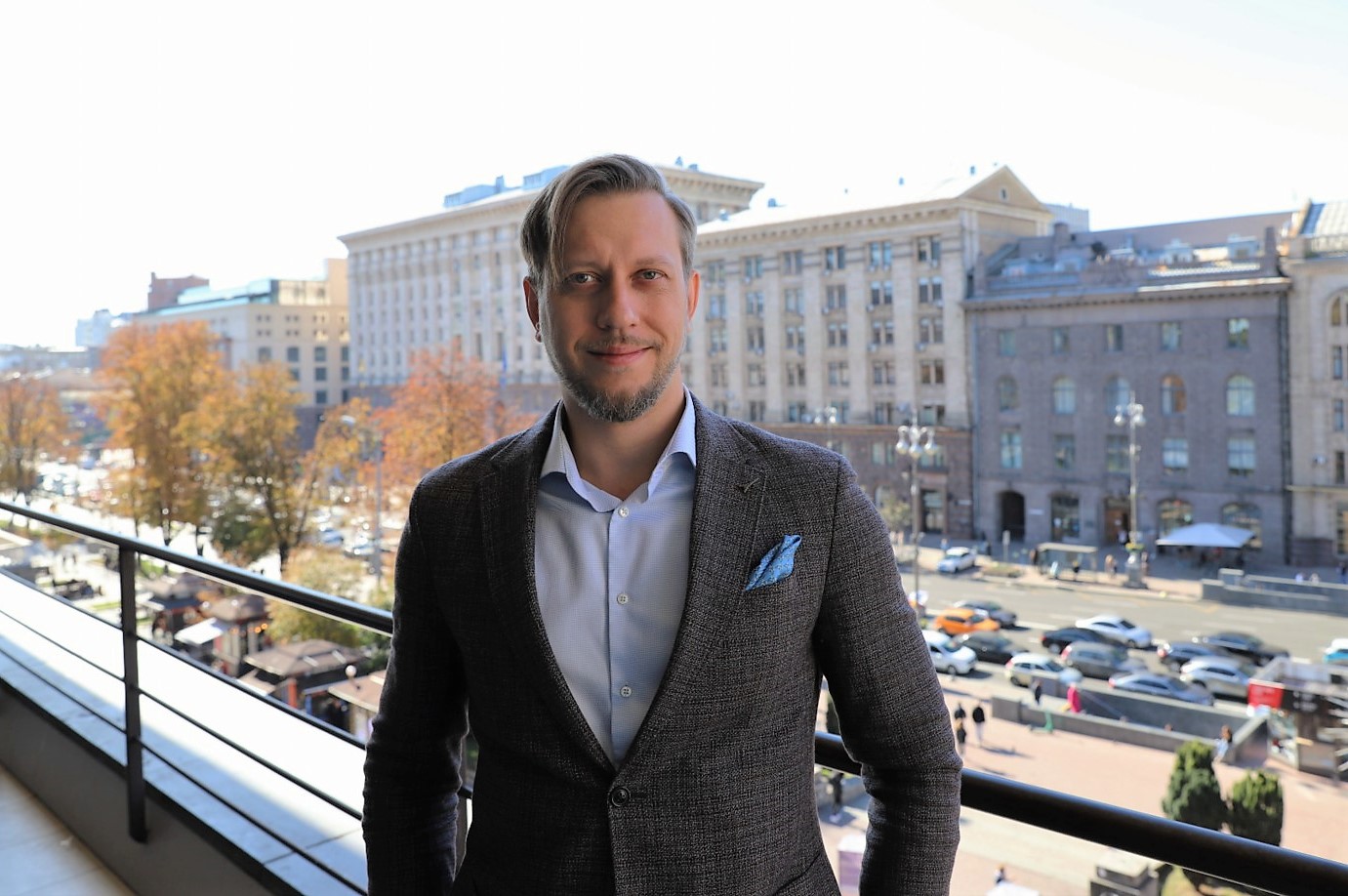EY refers to the global organization, and may refer to one or more, of the member firms of Ernst & Young Global Limited, each of which is a separate legal entity. Ernst & Young Global Limited, a UK company limited by guarantee, does not provide services to clients.
Information technology management
How EY can help
We offer our clients a comprehensive approach to the development of information technologies. We believe that the key tasks of IT are defining and providing a given level of service for the organization, and also implementing ideas and technologies that help achieve its goals more effectively. For the effective performance of these tasks, both effective, well-organized activity of the IT function and complex and planned automation of the organization's business processes are necessary. Therefore, as part of our approach, we consider the following aspects of information technologies:
- IT operational model – a set of all factors that influence the activity of IT functions and it manages to achieve the goals set before it by the organization
- Enterprise-level IT architecture – implementation of ideas and technologies through automation, which allows to increase the effectiveness of the organization's activities and helps in achieving its goals.
This approach allows for a comprehensive analysis of the current challenges and problems facing the IT function and to find the optimal way to solve them, as well as to answer the following questions:
- What is the optimal management model and organization of IT?
- What services does IT provide to the organization? How?
- How do we measure success and performance? What indicators/metrics for IT are most important?
- What is the optimal IT budget/spend?
- To what extent does the current state of business applications, data and their processing systems, IT infrastructure meet the requirements for reliability, security and functionality?
- How efficiently is the organization's IT architecture being used?
- What data does the organization store or create and how can this data provide additional benefits?
- Does the IT architecture development vector correspond to the organization's strategic development plans?
- Are the IT architecture management approaches in line with these industry trends?
- Which business process automation solutions should be considered given the organization's strategy and existing constraints (time frames, budgets, risk levels)?
- To what extent are the employees of the organization provided with data and tools necessary for work and have the ability to process information?
- How developed are the policies and standards for working with business applications, data, and IT infrastructure?
By combining the work on the development of the operational model of the IT function and the IT architecture of the enterprise level, we develop the IT strategy of the organization, which describes the current and determines the target state in terms of both of these elements, taking into account the interrelationships. An integral part of the IT strategy is a detailed prioritized roadmap for the implementation of transformation projects, which includes a calendar plan, required resources and a detailed description of the projects.
What we do
To perform work within each of the aspects of IT in the organization, we perform our list of tasks and works:
As part of the work, we develop a list of initiatives and projects that will provide the shortest and most effective way to achieve the specified goals. We form and agree with the customer on a project roadmap, which includes schedules, deadlines, required resources and costs for each project.
In addition, we can focus on specific components that your organization needs.
Why EY?
Our team implements IT management projects in many countries and industries. We use the recommendations of leading IT management practices, in particular, COBIT, ITIL, and have relevant experience:
- In the analysis and development of IT architecture
- In the development of the structure of the IT function and its operating model
- Optimization of IT processes depending on the specifics of the organization and its needs.




